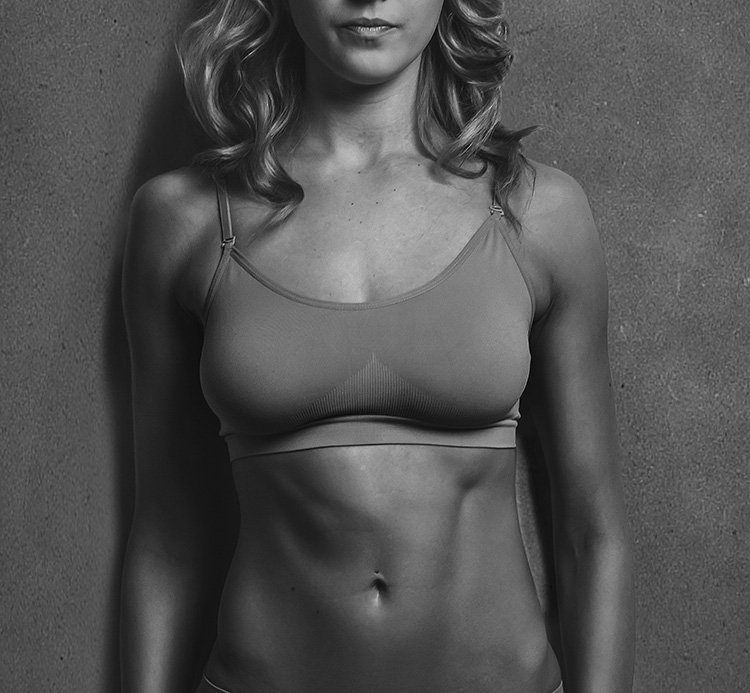On discharge you will still not be using the arm on the operated side for any lifting or carrying and you may still feel a little weak on that side. Continue to do the shoulder exercises that you have been given in hospital and begin any new exercises as directed. You should continue shoulder exercises until twelve weeks after your operation.
Scar tissue is vital to the healing process however scars can tighten, limit movements and become uncomfortable. Massage helps to encourage the scar tissue to form in the correct lines and make a more functional rather than restrictive scar. Massage also makes the scar less sensitive and prevents adhesions.
To massage apply a small amount of simple un-perfumed moisturizing cream to the scar. Use the thumb or index finger to massage in small circular motion along the scar. Use a firm pressure and massage several times a day. Only start the massage once the wounds are fully healed (nurses will provide you with guidance on this).
There are no strict rules for when you return to work, driving or sports and this will depend upon you as an individual, how you heal and the nature of your work or hobbies. I will give you guidance in the clinic, the following information gives you a generalized idea of what to expect.
Two weeks after your operation you can use the arm on the affected side for light activities eg lifting a full kettle or brushing your hair. Over the next 4 weeks you can build up the use of this arm by doing light household activities such as dusting and preparing light meals. At 6 weeks after the operation you should have returned to most normal daily activities such as carrying shopping and hovering.
Return to work will depend on the type of work you do. For office jobs or other non-physical work you can probably return at 4 weeks. If your work is physical and involves heavy lifting you could return on light duties if possible at 8 weeks post-operatively but you should not do any heavy lifting until at least 12 weeks post-operatively and you will need to gradually build up your strength so may benefit from a phased return.
You should avoid driving for 2-4 weeks after surgery. You should not return to driving until you feel 100% alert and able to react in an emergency. You must have regained full shoulder movement before attempting to drive. You must always wear your seatbelt when in the car.
Provided you have healed you can return to gentle exercise at 3 - 4 weeks but you should start with less vigorous activities and gradually build up your level of activity. You should listen to your body and if it feels like you are straining, avoid activities or movements that still create discomfort. You will be unfit and will need to build slowly. You must always wear a supportive bra when exercising. You should not participate in contact sports or raquet sports until 3 months after your surgery. It takes many months up to a full year for your body to fully recover after any type of surgery. Breast reconstruction is no different.
